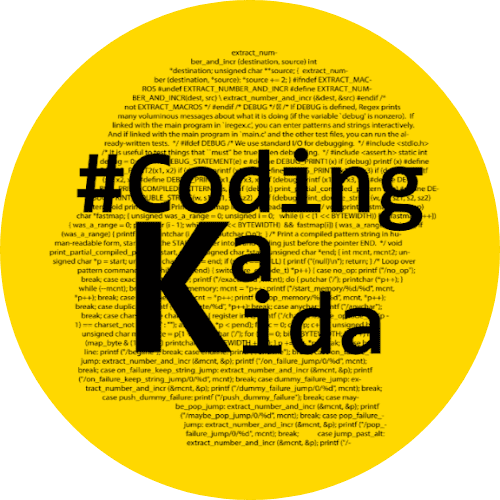Prevent NoSQL Injection : is crucial for securing your MongoDB database. While NoSQL injection is different from SQL injection, the underlying principle remains the same.
Malicious actors attempt to manipulate the data or the query structure to perform unauthorised actions or gain access to sensitive information.
What is NoSql Injection ?
NoSQL injection is a serious security vulnerability that can lead to unauthorized access, data leakage, and data manipulation in MongoDB and other NoSQL databases.
Read Detailed Article with Code Example : What is NoSQL Injection attack in nodejs
Attackers exploit this vulnerability by injecting specially crafted values into database queries, manipulating the query logic to their advantage.
Use Object Document Mapping (ODM) Libraries
- Utilize ODM libraries like Mongoose that provide built-in protections against injection attacks by parameterizing queries.
- ODM libraries handle the translation of JavaScript objects into MongoDB queries, reducing the risk of injection vulnerabilities.
Read Also : Mastering MongoDB: Unraveling the Power of Aggregation Pipelines and Stages
Validate and Sanitize User Input

- Validate and sanitize user input on the server-side to ensure that it conforms to expected formats and does not contain any malicious content.
- Use libraries like
validator.jsor built-in methods to sanitize user input, removing potentially harmful characters.
Parameterized Queries
- When using native MongoDB drivers or executing raw queries, use parameterized queries to separate data from query logic.
- Avoid concatenating user-controlled data directly into queries. Instead, use placeholders and bind user input as parameters.
Input Encoding
- Encode user input to prevent special characters from being interpreted as part of the query syntax.
- Use encoding mechanisms such as
encodeURIComponent()for URLs or libraries likequerystringfor form data.
Read Also : Mastering Code Quality and Security: How SonarQube and Black Duck Works
Limit Permissions
- Implement the principle of least privilege by restricting the permissions granted to database users.
- Assign only the necessary privileges required for each operation, minimizing the impact of successful injection attacks.
Whitelist Allowlisted Characters
- Define a whitelist of allowed characters for user input and reject any input that contains characters outside this whitelist.
- Reject input that includes MongoDB operators or other special characters commonly used in injection attacks.
Use Built-in MongoDB Features
- Leverage MongoDB’s built-in features for access control, authentication, and authorization to enforce security policies at the database level.
- Implement authentication mechanisms such as SCRAM (Salted Challenge Response Authentication Mechanism) to authenticate users securely.
Regular Security Audits
- Regularly audit your codebase and database configuration for potential security vulnerabilities.
- Perform security reviews, code inspections, and penetration testing to identify and address any weaknesses proactively.
Read Also : Join in Mongo db
Conclusion : Prevent NoSQL Injection
In conclusion, safeguarding against NoSQL injection vulnerabilities is imperative for ensuring the security and integrity of Node.js and MongoDB applications.
By adhering to best practices and employing robust security measures, developers can fortify their systems against malicious exploitation.
Happy Learning!!

Hey Tech Enthusiasts!
I’m Avinash, a passionate tech blogger with over 13+ years of experience in the trenches of software engineering.
You could say I’ve worn many hats in my journey – from full-stack developer crafting beautiful and functional applications to Solution Architect, designing the architecture for complex systems.
Over the years, I’ve delved into a vast arsenal of languages and tools, including the Generative AI (LLMs, LLM-Proxy, Observability, Prompt Engineering), .NET family (.NET, .NET Core), PHP, Rust, Python, the JavaScript frameworks (Angular, React, Node.js), and databases like MySQL, SQL Server, MongoDB.
As the cloud revolutionized our world, I’ve become well-versed in both Azure and GCP platforms, wielding Docker for containerization and CI/CD pipelines to streamline development workflows.
Here on my blog, I aim to share the knowledge I’ve accumulated and the lessons I’ve learned along the way. Whether you’re a seasoned developer or just starting your coding adventure, I want to provide you with insightful, practical articles that tackle real-world tech challenges.
Get ready to explore the latest advancements, delve into programming concepts, and discover efficient solutions to your development dilemmas. So, buckle up, tech enthusiasts – let’s embark on this exciting journey together!

